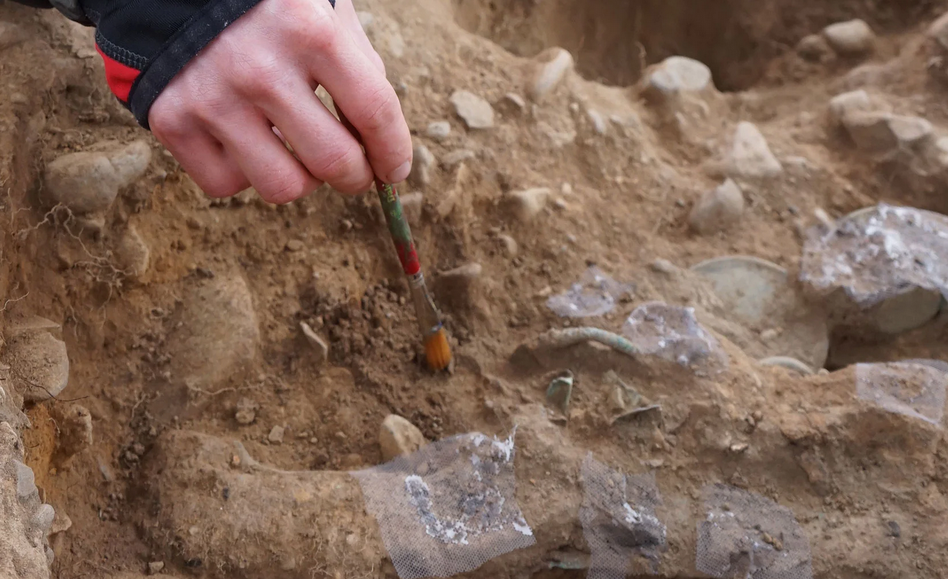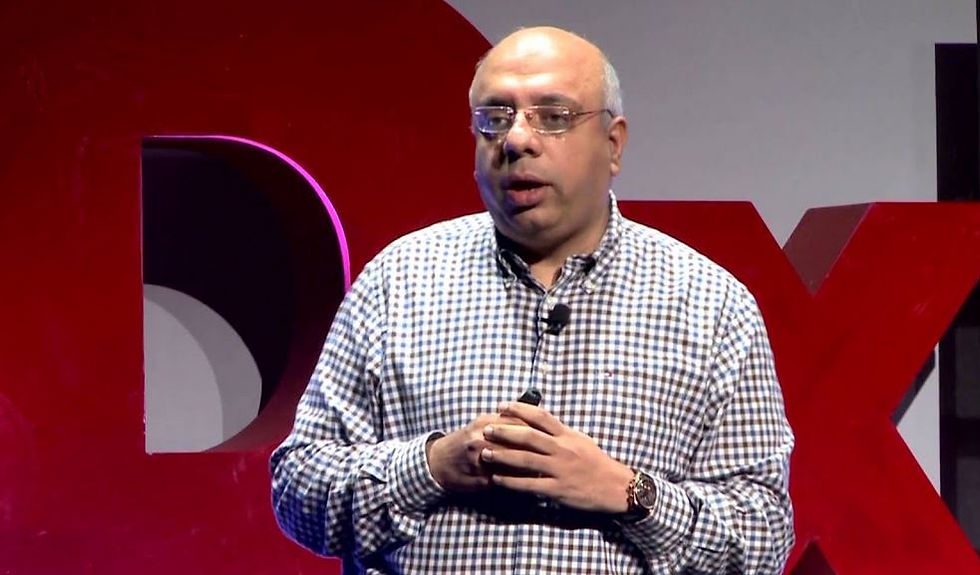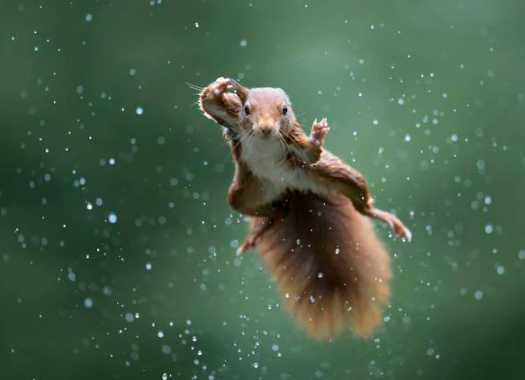How Scotland Forged a Rare Alliance Between Amateur Treasure Hunters and Archaeologists
- zarasushmaa
- Aug 5, 2022
- 3 min read

Mariusz Stepien headed to a farmer’s field to see what he could find. The pasture he picked that particular Sunday—the first time he’d been out in months, after Scotland imposed movement restrictions in the early phase of the COVID crisis—looked like a tourism ad. The small rise sits in the middle of a lush green field a few miles from the town of Peebles, once a center of the nation’s wool industry and now a bedroom community for nearby Edinburgh.
The River Tweed meanders through the valley below, and on a cloudless day the lush, rolling peaks of the Scottish Borders mark the horizon in all directions. A waist-high stone wall runs along the field’s edge, penning in some 200 sheep, and a narrow two-lane road runs along one side.
Stepien, a carpenter by trade, owns a small home remodeling business. But his passion is metal detecting. For the past nine years, regardless of the weather, he’s spent every Sunday he could walking fields and pastures in the countryside, searching for buried treasure. Sometimes he goes alone, sometimes with like-minded friends. “I wait the whole week for Sunday,” he says. “For me, it’s the nicest way to spend time in a beautiful landscape.”
To find buried metal, Stepien sometimes paces for 12 hours straight, sweeping the wand of a four-foot-long metal detector (a Minelab Equinox 800, to be exact, a popular model at the higher end of the market) back and forth. Based on technology developed during World War II to help find and defuse land mines, the devices use an electromagnetic coil to generate a current that, when it hits a conductive material, sparks a signal—a whine he hears in his worn black headphones.
Over the years, he’s learned to tell from the pitch what sort of treasure is hidden below the surface, and how much. A low tone might mean an iron nail. Slightly higher could be a silver coin, or the brass end of a hunter’s spent shotgun shell. The louder the noise, the bigger the find.
As he mounted a small rise in the middle of the meadow that summer day, his headphones filled with a clear, high tone—the strongest he had ever heard. Kneeling in the thick grass, he lifted a rock the size of a loaf of bread, then began clearing loose soil underneath with a small paintbrush. After a few minutes he plucked something green, round, and hard out of the dirt.
At the other end of the field, Stepien’s friend and fellow detectorist Dariusz Gucwa was making his own way through the grass when his walkie-talkie crackled to life. “Dariusz, please come now,” Stepien called. “I think I found something big.”
In the following weeks, this find would spur a massive excavation effort begun out of a unique Scottish office called Treasure Trove, a two-person team that fields reports of artifacts discovered in local soil. In practical terms, the agency is a go-between: On one side are hobbyists, keen-eyed gardeners, beachcombers, and anyone else who uncovers an artifact from the past. On the other are museums.
By law, amateur treasure hunters like Stepien are required to report anything with potential historical or archaeological importance, from stone tools to silver coins, along with information on where it was found. The scheme is rooted in the ancient dogma that any unclaimed property found in Scotland belongs to the government. Or, in the tradition-laden language of Great Britain, the Crown.
Over the past 20 years, Treasure Trove has emerged in Europe as an example of collaboration between heritage authorities and the metal detecting community—two groups historically very much at odds. Responsible recreational searching, advocates argue, helps find objects and sites archaeologists don’t have the budget or time to search for.



Comments